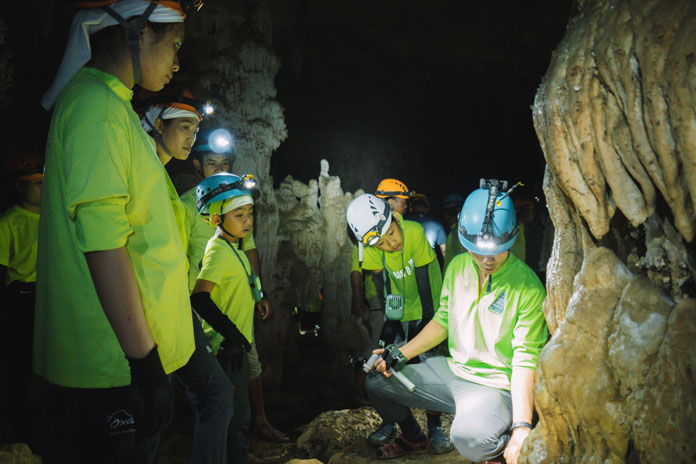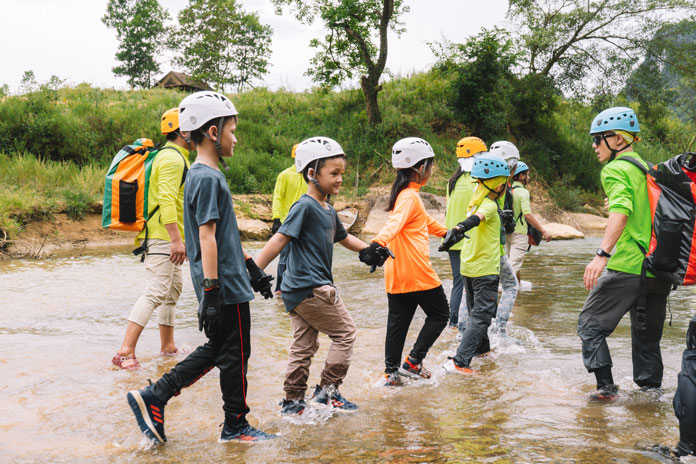Kitesurfing: All you need to know before you start in Vietnam
Vietnam is a top destination for kitesurfing, thanks to its steady winds, warm waters, and stunning beaches. Want to give kitesurfing a try but unsure where to begin? This guide covers everything you need to start kitesurfing in Vietnam with confidence.
What is kitesurfing?
Kitesurfing is an extreme water sport that combines elements of surfing, wakeboarding (rider towed behind a motorboat), and windsurfing. It involves using a large, controllable kite to harness the power of the wind and pull a rider across the water on a specialized board called a kiteboard. Unlike traditional surfing, kitesurfing does not rely on waves; instead, the rider can glide, jump, and perform tricks using the wind’s force.
Kitesurfing is an extreme water sport that combines elements of surfing, wakeboarding, and windsurfing. Source: Flickr
Kitesurfing is a flexible sport that can be enjoyed on oceans, lakes, and even flat-water lagoons as long as there is sufficient wind. Riders can achieve high speeds, jump into the air, and perform aerial moves. The sport requires a combination of balance, strength, technical skill, and knowledge to control both the kite and the board. Kiteboarding is a mid-to-high-intensity sport, but certain styles can be practiced at a lower intensity.
Kitesurfing vs. kiteboarding
Kitesurfing and kiteboarding are often used interchangeably, but they have several key differences. Kitesurfing refers specifically to riding waves using a directional surfboard, similar to traditional surfing but powered by a kite. Kiteboarding, on the other hand, is a broader term that includes all styles, such as freeride, freestyle, and wave riding, often using a twin-tip board for technically demanding tricks and jumps.
Kiteboarding is a broader term that includes all styles and involves using a twin-tip board. Source: Flickr
How does kitesurfing work?
Technically speaking, kitesurfing relies on wind power to propel a rider on the water surface using a specially designed kite and board. The kite, typically inflatable, is attached to the rider via a harness secured around the waistline and legs (with loops) and controlled using a bar with lines connected to it. By adjusting the angle of the kite and shifting their body weight, the rider can maneuver in different directions.
To start, the rider, either by themselves or with the assistance of a buddy, launches the kite into the air in the downwind direction, allowing the wind to generate lift and forward momentum. By pulling or releasing the control bar, they can regulate speed and direction. Steering is achieved by tilting the kite left or right. Jumps or tricks are performed by quickly powering up the kite to lift off the water.
A group of kitesurfing riders enjoying the winds together. Source: Flickr
Kitesurfing can be done in various wind conditions. Beginners with no prior experience can quickly learn to glide smoothly across the water within 3 to 6 sessions. With the right technique and practice, advanced riders can perform high jumps, spins, and even wave-riding maneuvers. Kitesurfing gives riders an exhilarating sense of freedom as they glide over the waves, feeling the rush of wind and the thrill of flight.
Common styles of kitesurfing
Various kitesurfing styles are developing, with some getting inspired by one another. However, the most popular ones include freeride, freestyle, and wave riding.
Freeride
Freeride is the most popular and approachable kitesurfing style, ideal for riders of all levels. It focuses on smooth riding and basic tricks, allowing kitesurfers to enjoy the freedom of the sport without much difficulty. In freeride, a wide variety of boards and kites are used. In fact, most boards available are designed for freeride kitesurfing. This makes freeride suitable for various wind conditions and locations.
Freeride focuses on smooth riding, ideal for riders of all levels. Source: Flickr
Freestyle
Freestyle is all about big air and impressive tricks, making it a favorite for competitive kitesurfing events. Riders use the kite to gain height for jumps, performing flips, spins, and technical maneuvers while airborne. This style requires smaller twin-tip boards (a square-shaped kiteboard that can operate in two directions) and power kites with strong boost and hangtime, allowing for maximum airtime and creativity in tricks.
A freestyle kitesurfer performing a spin while airborne. Source: Flickr
Wave riding
Wave riding combines kitesurfing with surfing, making it ideal for water with consistent waves. Riders use directional boards (longer than a twin-tip with a pointier nose), usually with foot straps, for better maneuverability on waves. Some riders can do kitesurfing without foot straps, allowing them to freely adjust their foot placement and distribute their weight across the board for freer movement across the wave.
Wave riding combines kitesurfing with surfing. Source: Flickr
Kitesurfing equipment
Kitesurfing requires specialized equipment for control, safety, and performance. Below are the key pieces of kitesurfing equipment:
- Power kite: A large kite that generates the wind power needed to propel the rider across the water. It comes in different types, including leading-edge inflatable kites (great for water relaunch) and foil kites (more efficient).
- Control bar and flying lines: The control bar is used to steer the kite, while the flying lines (typically consisting of 4 lines) connect the kite to the bar, transferring the rider’s input to adjust power and direction.
- Kiteboard: The board used for riding, available in twin-tip boards (most common, used for freestyle and freeride) and directional boards (used for wave riding and racing). Kiteboards are often made of foam, wood, fiberglass, or carbon fiber.
- Harness and board leash: The harness attaches the rider to the control bar and the kite, reducing fatigue on the arms. The leash helps keep the board within reach after a fall, though its use has recently become less recommended.
- Wetsuit and helmet: The wetsuit provides insulation in cold waters, while the helmet protects the head from impacts.
- Safety knife: A small but crucial tool used to cut tangled kite lines in emergencies, preventing dangerous situations.
Essential kitesurfing gear.
Is kitesurfing safe?
Kitesurfing is an extreme sport that heavily depends on weather conditions. However, if riders master the techniques, understand how to assess the wind, and follow safety guidelines, it can be an incredibly thrilling experience.
The most important factor is not just knowing how to swim but also being proficient in handling water situations, such as performing a water relaunch and self-rescue. If you’re a beginner, taking lessons from a professional instructor is highly recommended to learn kite control, wind management, and emergency handling.
Choosing a location with stable wind conditions and avoiding areas with strong currents or obstacles is crucial. Equipping yourself with proper safety gear, such as a life vest and helmet, and using a quick-release system will help minimize risks while kitesurfing.
Kitesurfing in Vietnam: Why and where?
Vietnam is becoming an attractive destination for kitesurfing, offering both advantages and challenges for riders of all levels.
Why kitesurfing in Vietnam
One of the biggest advantages of kitesurfing in Vietnam is its reliable wind conditions during peak seasons, particularly from November to April. Mui Ne, Phan Rang, and Nha Trang are well-known for their steady winds. Also, Vietnam has a welcoming kitesurfing community, with both locals and foreigners who can speak English, providing a friendly environment for beginners and experienced riders alike.
Unlike colder destinations, Vietnam’s warm water eliminates the need for wetsuits. This means less investment in equipment. Another major benefit is affordability—kitesurfing in Vietnam is cheaper than in places like Thailand or the Philippines, from lessons to equipment rental. Lastly, kitesurfing here can be combined with travel, nightlife, and other activities, making it an exciting destination beyond just the sport.
Mui Ne, Vietnam, is known for its reliable wind conditions. Source: Unsplash
Kitesurfing seasons in Vietnam
The best time to visit Vietnam for kitesurfing is from November to April when the winds are consistent. Mornings typically offer light winds, perfect for beginners, while afternoons bring stronger winds suited for intermediate and advanced riders.
Kitesurfing spots in Vietnam see flat water, small waves, and occasional big waves. Vietnam is a great destination for solo kitesurfers, families, couples, and groups, offering a mix of adventure and relaxation alongside thrilling kitesurfing experiences.
A kitesurfing rider with his gear in Phan Rang, Vietnam. Source: Flickr
The following shows the wind probability for each month in Vietnam. Note that this is an overall percentage, and the actual figures may differ based on specific locations.
- January: 80–100%
- February: 80–100%
- March: 60–80%
- April: 20–40%
- May: 0–20%
- June: 0–20%
- July: 0–20%
- August: 0–20%
- September: 0–20%
- October: 0–20%
- November: 60–80%
- December: 80–100%
For more information about wind probability in Vietnam, check out Windy.com.
Best places for kitesurfing in Vietnam
There are several incredible destinations for kitesurfing in Vietnam with reliable winds, stunning beaches, and vibrant communities. Here are the best spots to explore.
Kitesurfing riders at C2Sky in Mui Ne, Vietnam. Source: Flickr
Kitesurfing in Mui Ne
Mui Ne is widely considered the kitesurfing “capital” of Vietnam. With consistent winds and a lively atmosphere, it offers ideal conditions for all skill levels. The town boasts beachfront resorts, kitesurfing schools, and local eateries for a comfortable stay. Foreign-owned C2Sky – Vietnam’s top IKO-certified school, is located in the busiest quarter of Mui Ne, providing quality gear and expert guidance.
There are many kitesurfing spots in Mui Ne. Most people prefer kitesurfing at Mui Ne’s main spot, where the waves grow larger as the wind strengthens throughout the day. Meanwhile, Harbor Wall, located west of Mui Ne, has solid flat water—ideal for freestyle kitesurfing in the morning. Turtle Island is another great spot, where the wind funnels between the mainland and a small island 200m offshore, creating ideal conditions.
Kitesurfing in Phan Rang
For those seeking less crowded beaches, Phan Rang is another ideal destination for kitesurfing in Vietnam. Phan Rang is located 3 to 4 hours north of Mui Ne by car. Phan Rang experiences steady cross-shore winds, frequently reaching 25+ knots and occasionally exceeding 30 knots. With its vast, sandy beaches and beautiful scenery, Phan Rang offers ideal conditions for kitesurfers of all skill levels.
The Phan Rang Kite Center is one of the establishments that offer accommodations and kitesurfing lessons in Phan Rang. This makes Phan Rang a great choice for kitesurfers looking for a school. Beyond kitesurfing, kitesurfers in Phan Rang can explore local culture, including the ancient Cham towers. It’s no surprise that Phan Rang is striving to establish itself as a hub for national and international kitesurfing competitions.
Kitesurfing in Da Nang
Da Nang offers a unique mix of urban energy and natural beauty, making it another great kitesurfing spot. Riders can enjoy bustling beaches with stunning city views, while also exploring nearby attractions like the Marble Mountains and Son Tra Peninsula. The city’s accessibility, modern amenities, and vibrant atmosphere make it perfect for adventure seekers looking to combine watersports with cultural experiences.
Da Nang offers fantastic kitesurfing spots, with My Khe Beach being the most popular. Its long sandy shoreline and steady cross-onshore winds make it ideal for all skill levels. Non Nuoc Beach, near the Marble Mountains, provides consistent winds and fewer crowds. For more advanced riders, Son Tra Peninsula offers stronger winds and scenic views, creating exciting conditions for freestyle and wave-riding enthusiasts.
Kitesurfing in Nha Trang
Nha Trang’s lively beach scene makes it a fantastic destination for kitesurfers of all levels. Nha Trang is located approximately 500 km south of Da Nang and 130 km north of Phan Rang. The city features numerous kitesurfing schools, ensuring a supportive learning environment. Beyond kitesurfing, beach parties, events, and a social scene keep visitors entertained during their stay at one of the best beaches in Vietnam.
Kiterabbit is one of the top kitesurfing schools in Nha Trang, offering high-quality training with modern equipment that meets international standards. Students wear helmets with attached radios, allowing instructors to provide real-time guidance. From November to March, Kiterabbit conducts its training course in Phan Rang, one of Vietnam’s best kitesurfing spots, ensuring optimal wind conditions for fast and effective learning.
How much does kitesurfing cost in Vietnam?
Kitesurfing equipment rentals in Vietnam are generally available for walk-in guests, but pre-booking is recommended to secure the best gear for your skill level and budget.
Equipment rental in Vietnam
Kitesurfing is one of the least expensive water sports compared to those requiring jet ski assistance. In Vietnam, rental prices for kitesurfing gear are a bit lower than in its neighbors Thailand or the Philippines. A full set—including a kite, control bar, harness, and board—costs around 30–35 USD (765,000–890,000 VND) per hour.
Keep in mind that this is just the rental price.
Purchasing kitesurfing gear can be a major investment. For example, a kiteboard alone can range from 300 to over 1,000 USD (7,600,000–25,500,000 VND), depending on the material and design. When factoring in the cost of a kite, control bar, harness, and additional accessories, the total price can be a huge investment.
Because of this, most kitesurfers in Vietnam prefer renting equipment rather than buying, especially those who are still learning the sport.
Equipment rental costs
Below are the suggested rental prices to help you plan your experience
Complete set (kite, bar, lines, board, harness)
- 35 USD per hour
- 75 USD per day
- 400 USD per week
- 595 USD 2 weeks
Kite only
- 20 USD per hour
- 50 USD per day
- 280 USD per week
- 450 USD 2 weeks
Board only
- 10 USD per hour
- 20 USD per day
- 100 USD per week
- 150 USD 2 weeks
Harness
- 5 USD per hour
- 5 USD per day
- 50 USD per week
- 80 USD 2 weeks
C2Sky’s owner and her twin-tip kiteboards. Source: Flickr
Kitesurfing lesson costs
Kitesurfing lessons in Vietnam vary in price based on whether you choose a private 1:1 lesson or a group lesson. Private lessons offer personalized instruction but cost more, while group lessons allow participants to share expenses. Prices also depend on lesson duration, with discounts available for longer courses.
Commonly, private lessons start at 60 USD per hour, reaching 950 USD for 18 hours. Group lessons start at 90 USD per hour, with an 18-hour package costing 1,450 USD. Booking in advance is recommended to secure the best deal and ensure availability with experienced instructors at reputable kitesurfing schools.
Kitesurfing in Vietnam offers an exciting adventure. Whether it’s Mui Ne, Phan Rang, Da Nang, or Nha Trang, you’ll get consistent winds, beautiful beaches, and top-notch kitesurfing schools to enhance your experience. Plan ahead, choose the right spot, and enjoy kitesurfing in Vietnam!
The Oxalis Experience.
Whether you prefer long treks, camping in a cave, sleeping under the stars in the jungle, swimming underground in river caves, explore the huge dry caves or just taking an exploratory day trip, Oxalis Adventure Tours can provide the right amount of adventure just for you.



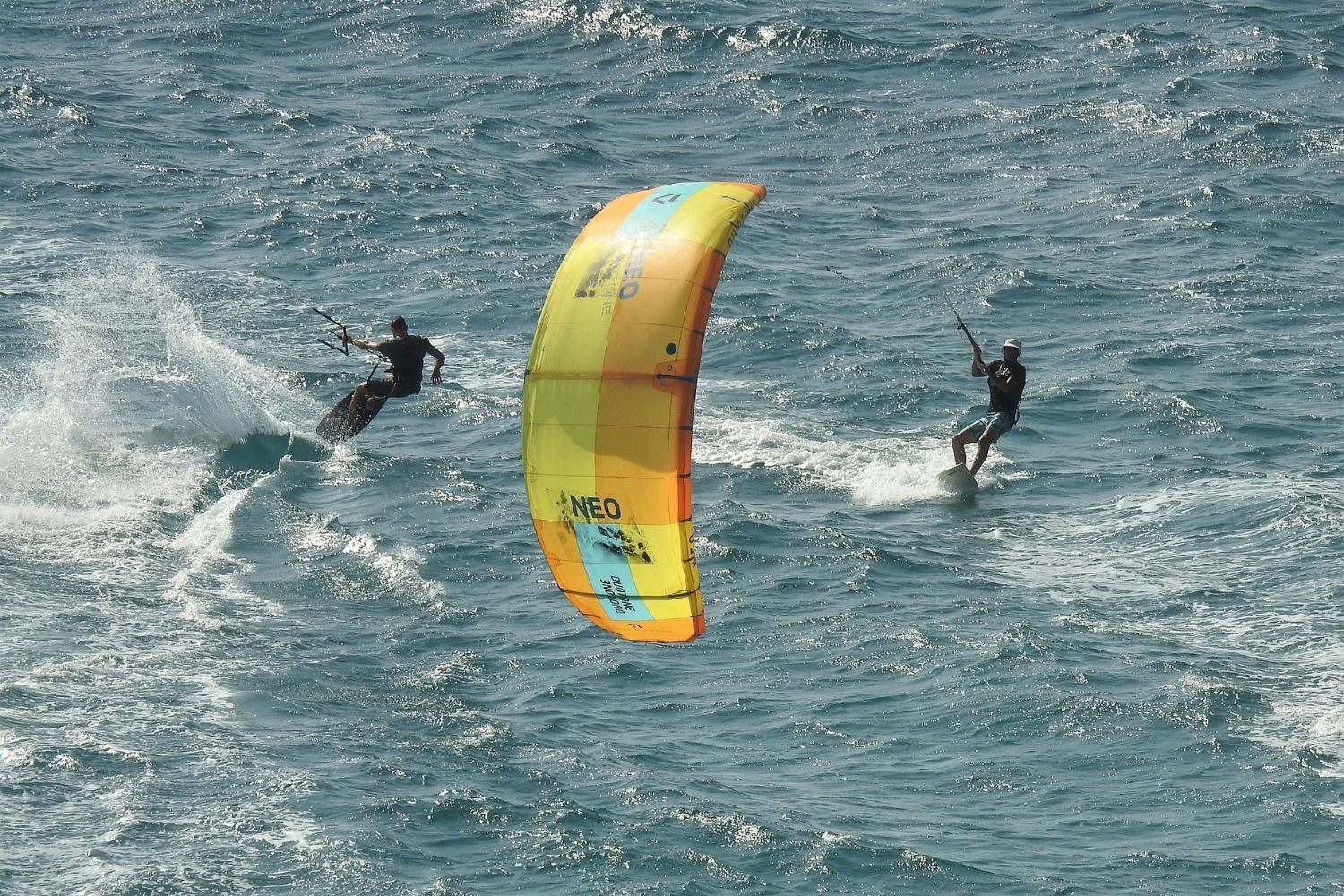
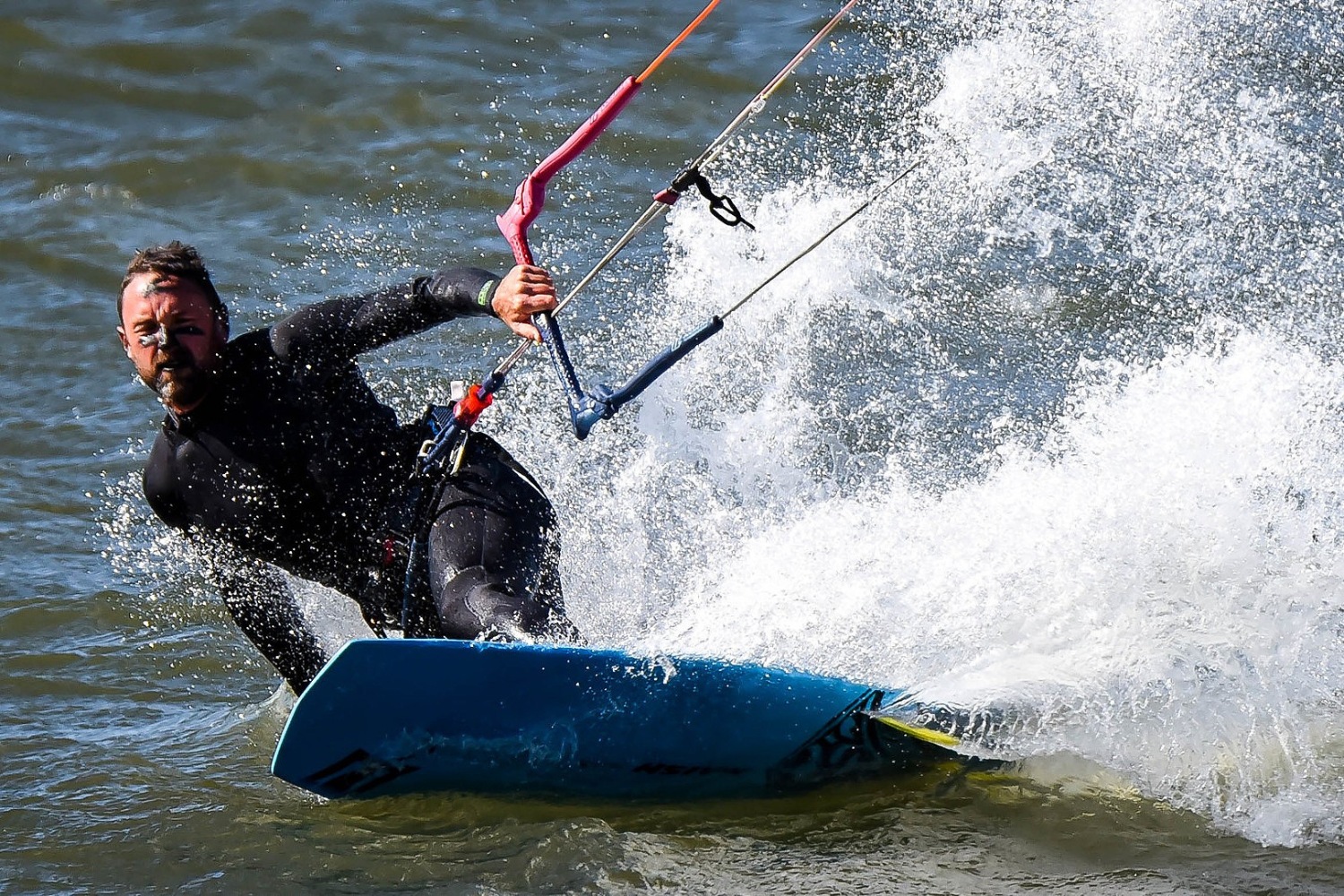
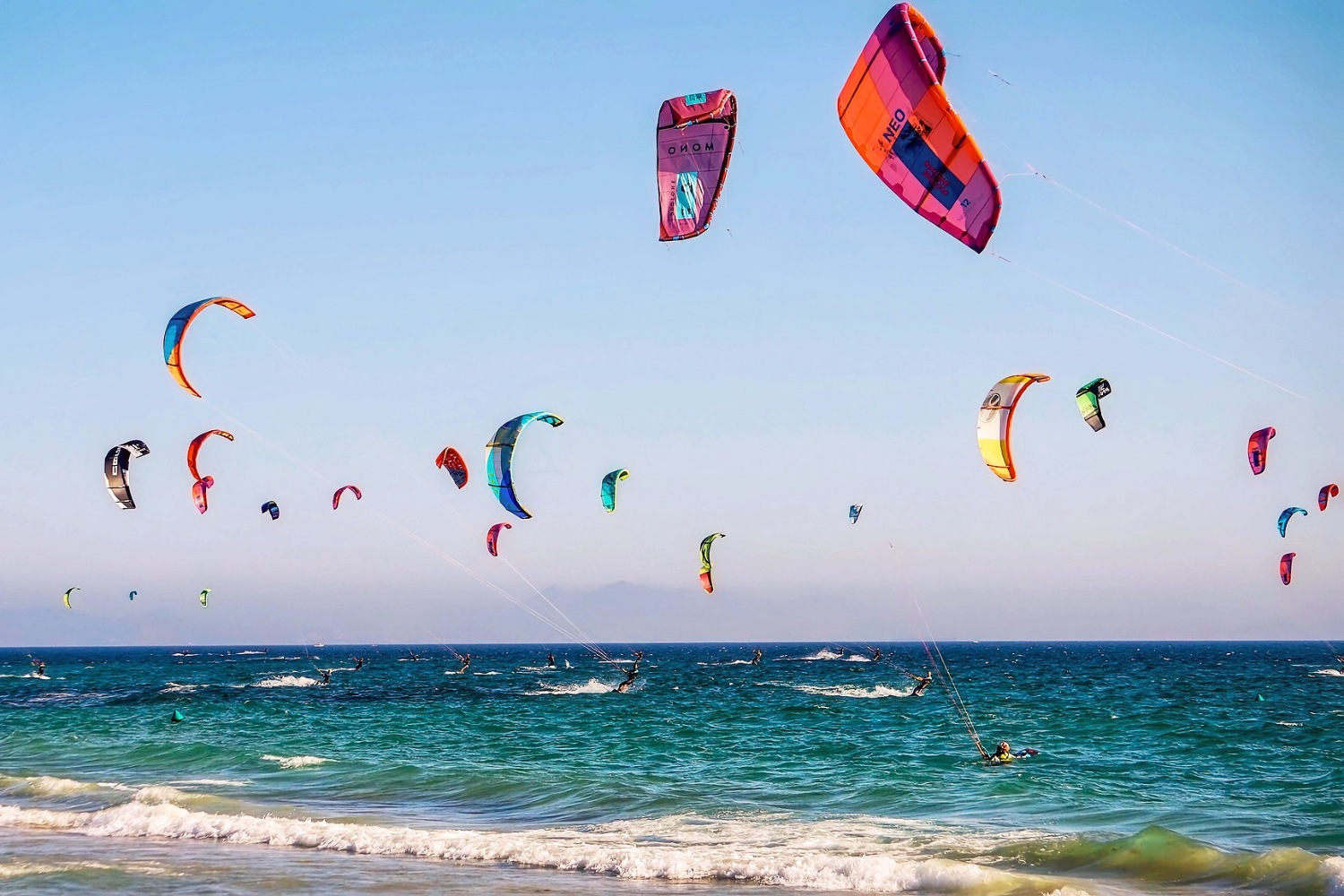
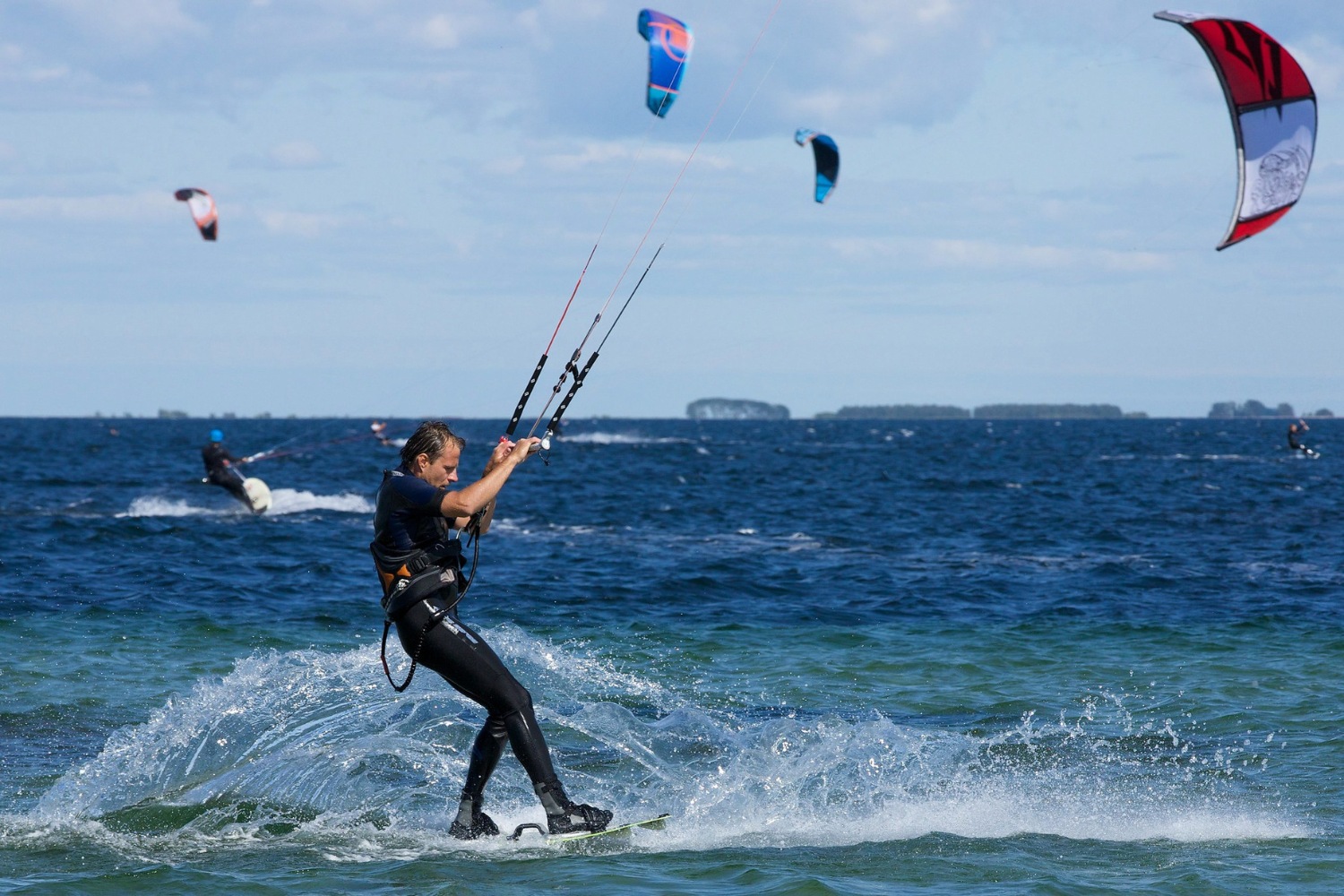
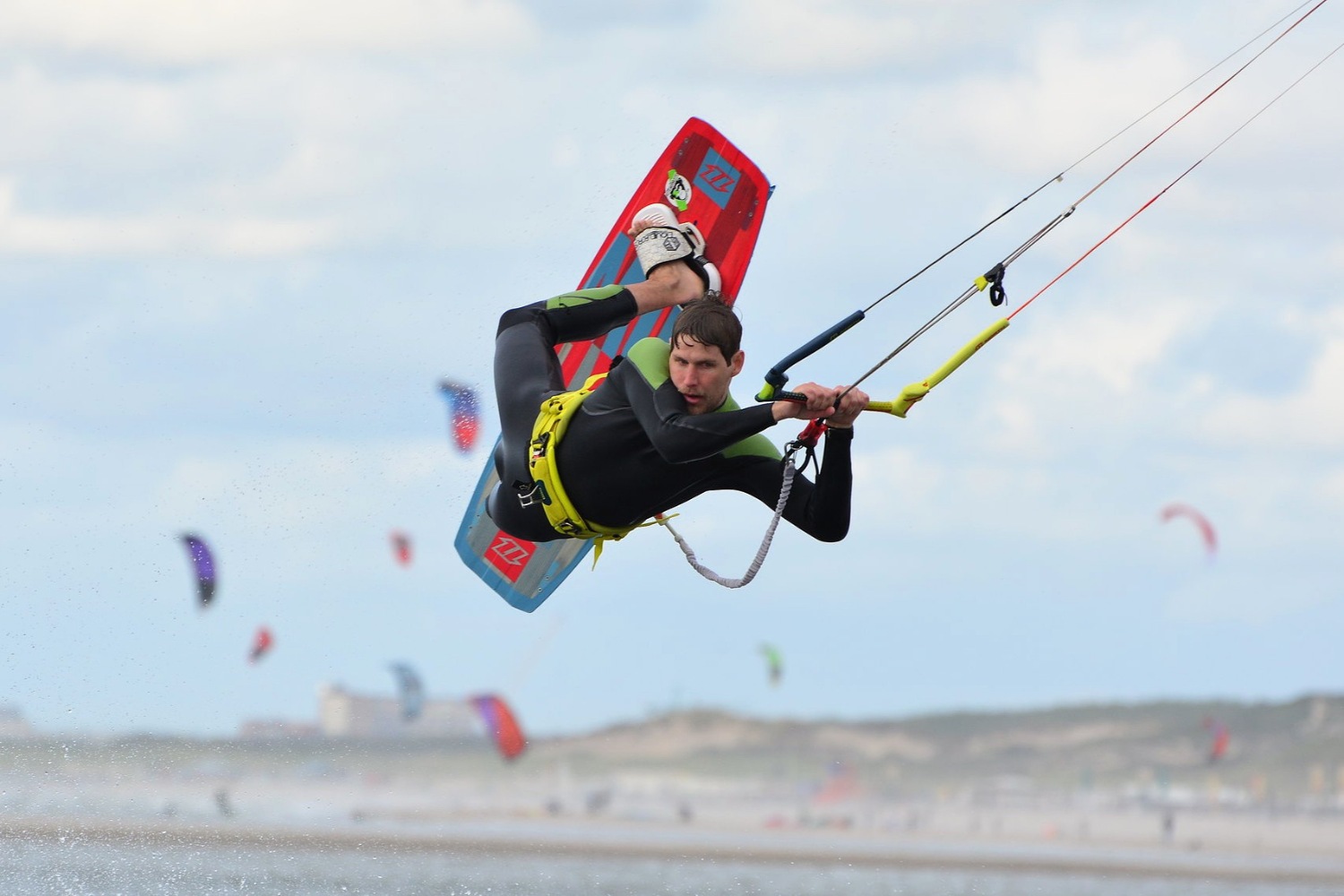
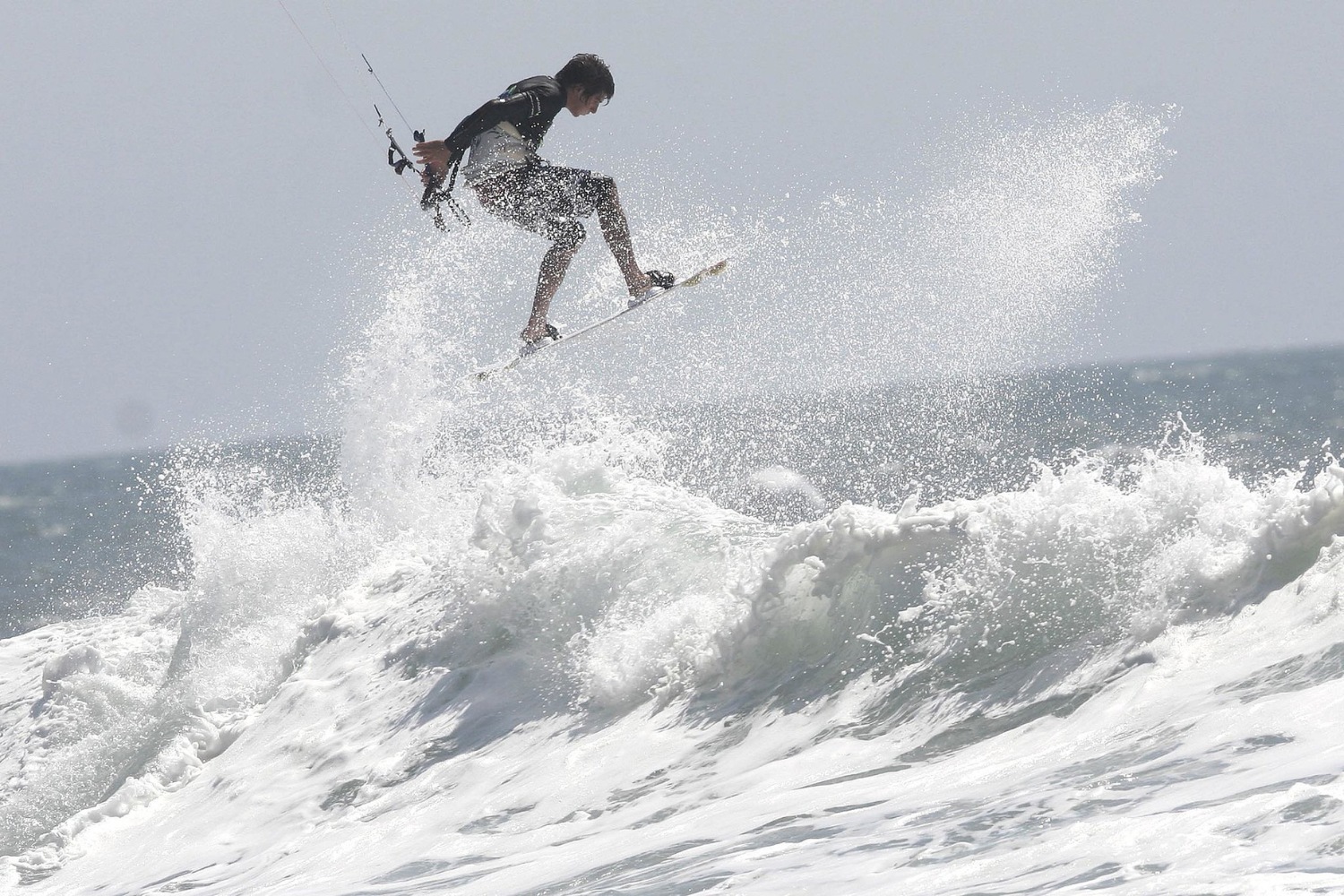
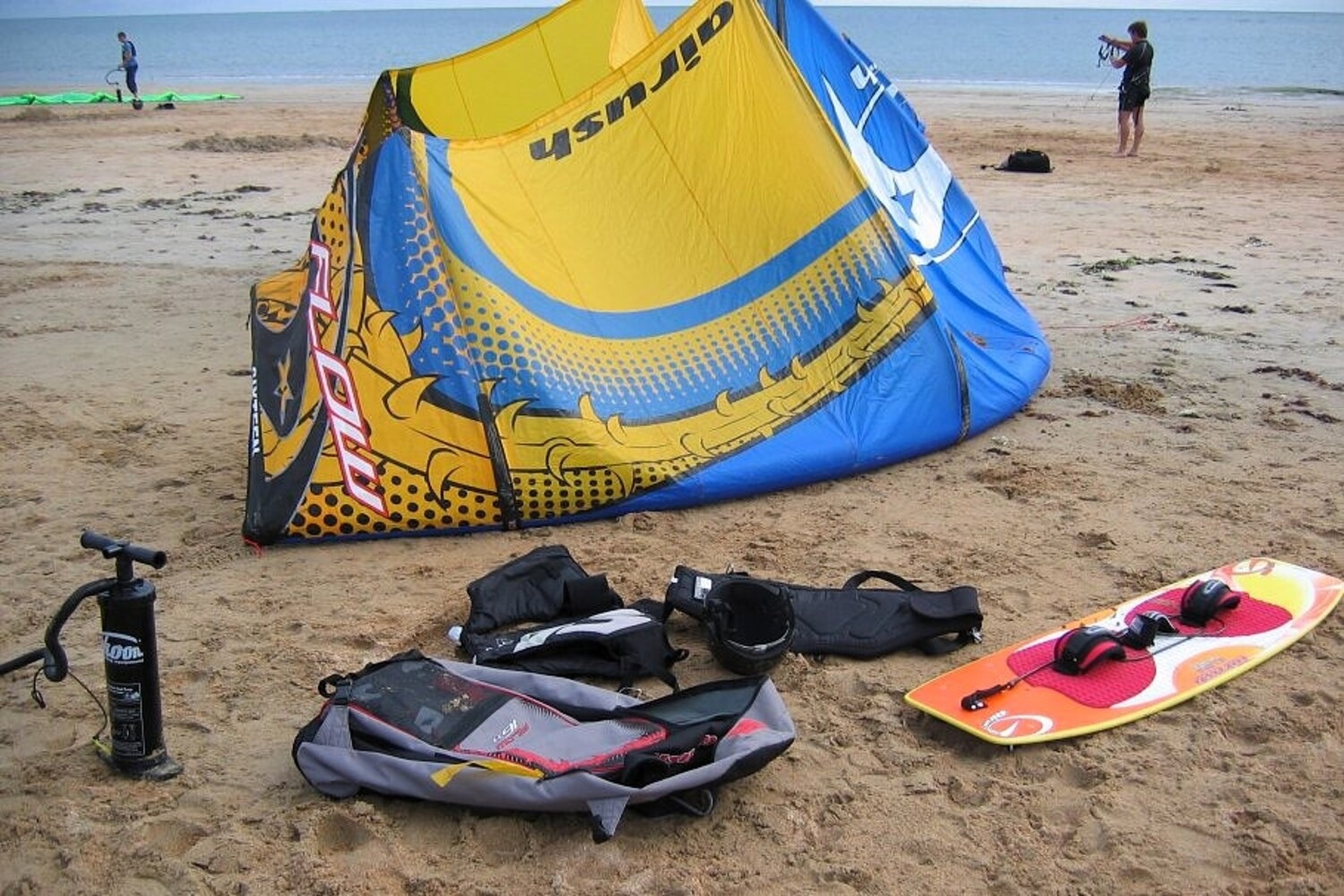

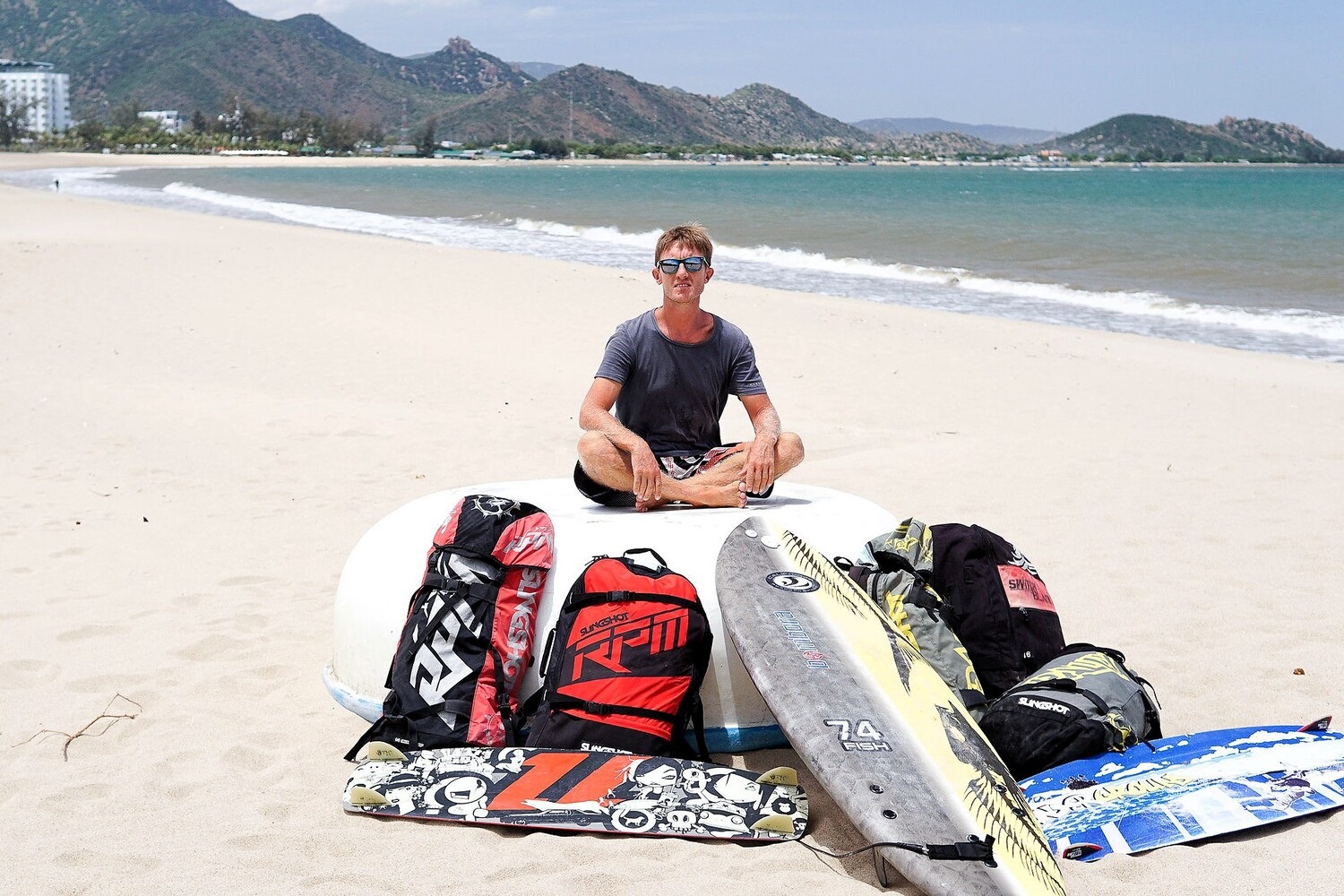
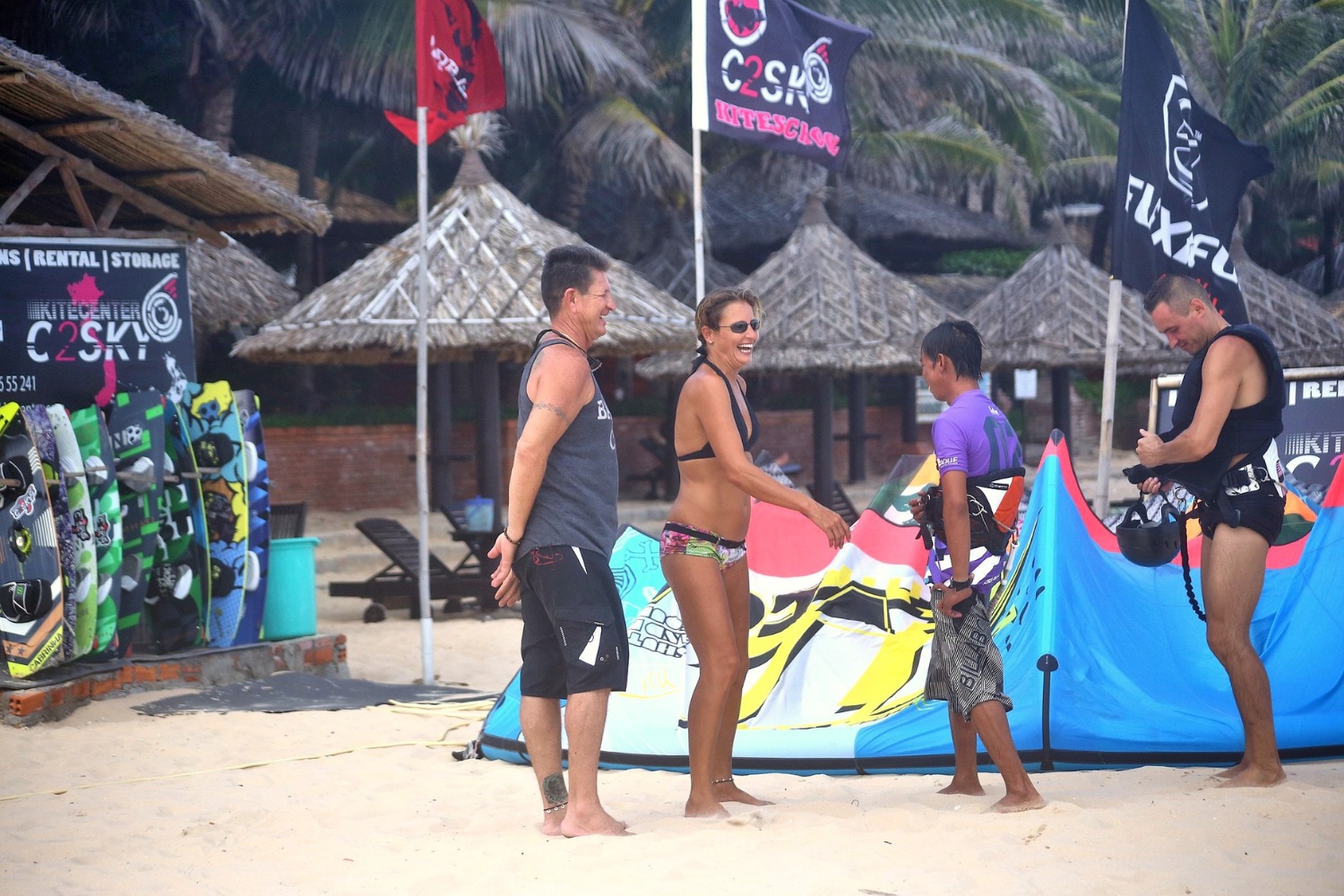
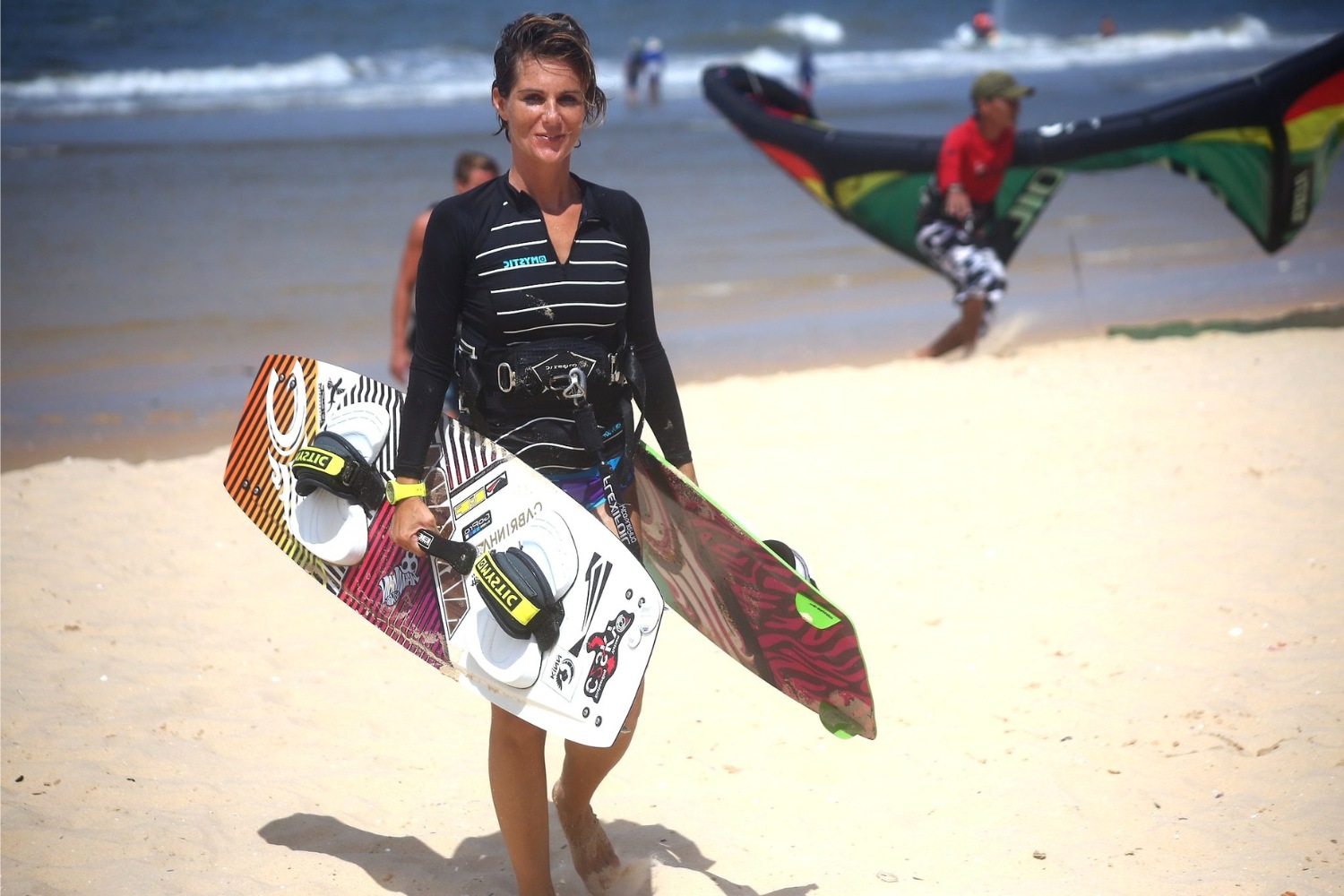

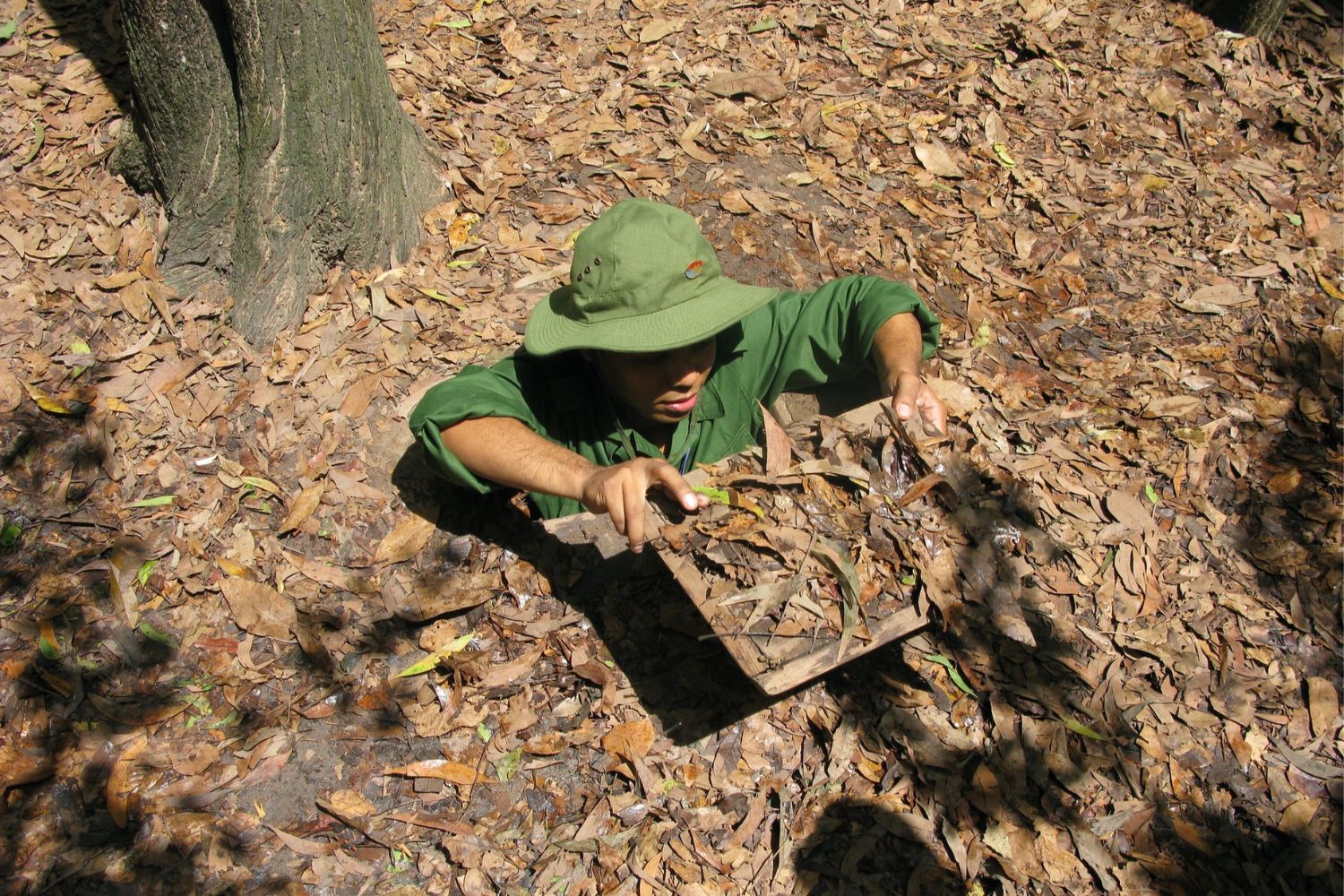

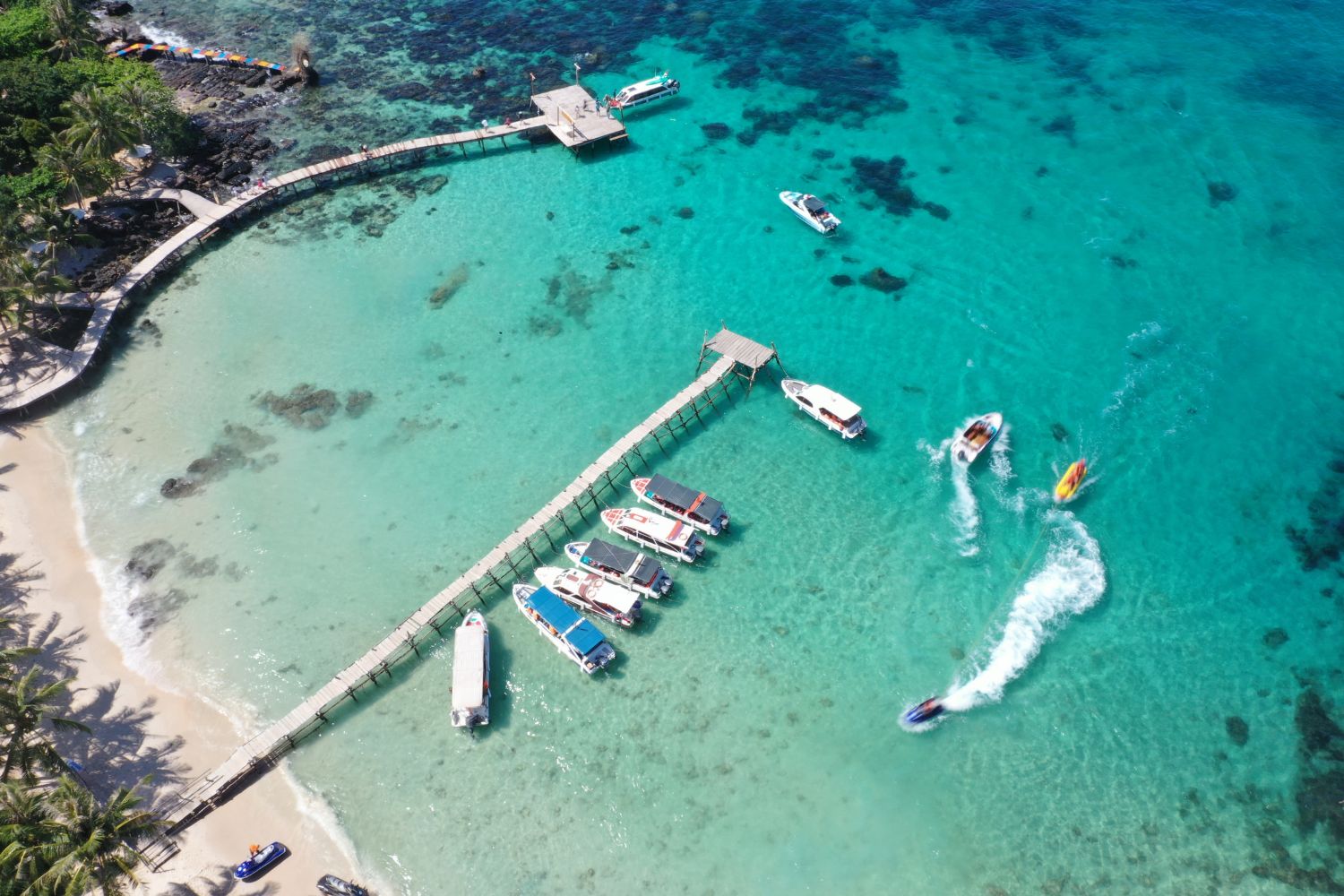
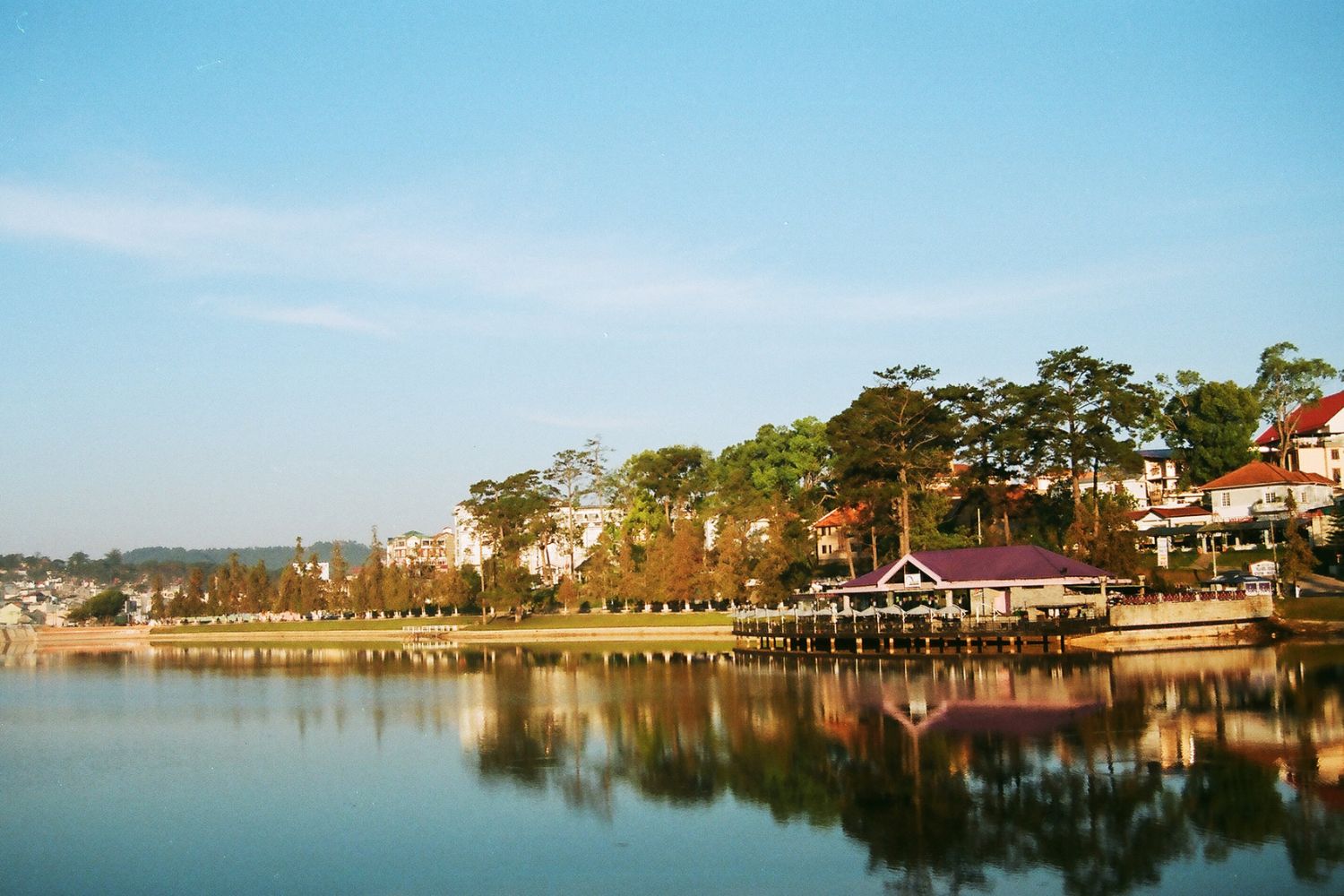

__637051765075307793.jpg)

__637051782550081035.jpg)
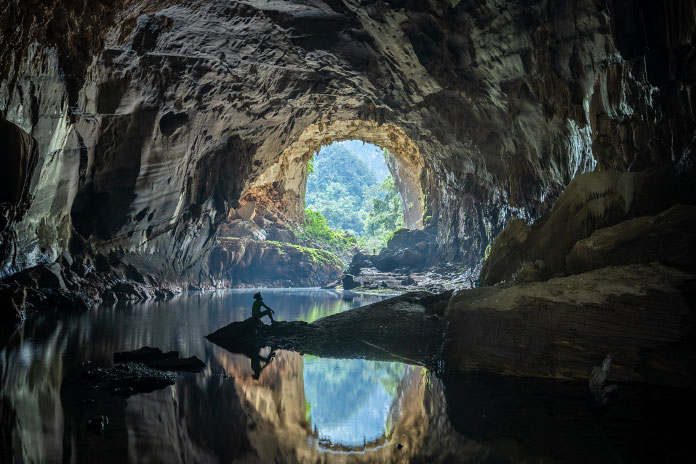
__637051777074859032.jpg)
__637051780703588520.jpg)
__637051781488596056.jpg)
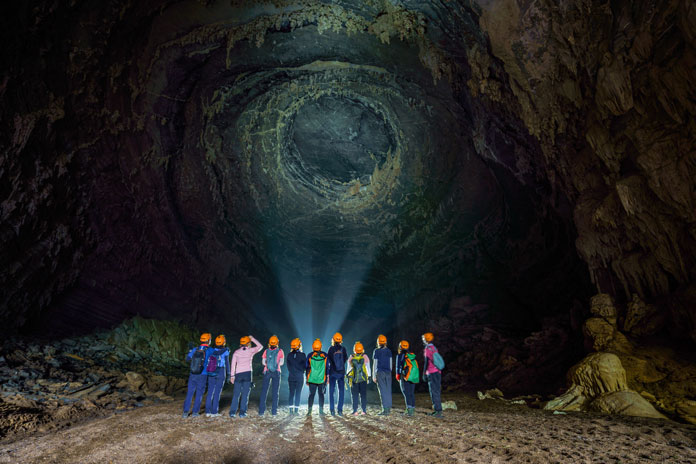
__637051767008903435.jpg)
__637051774329206026.jpg)
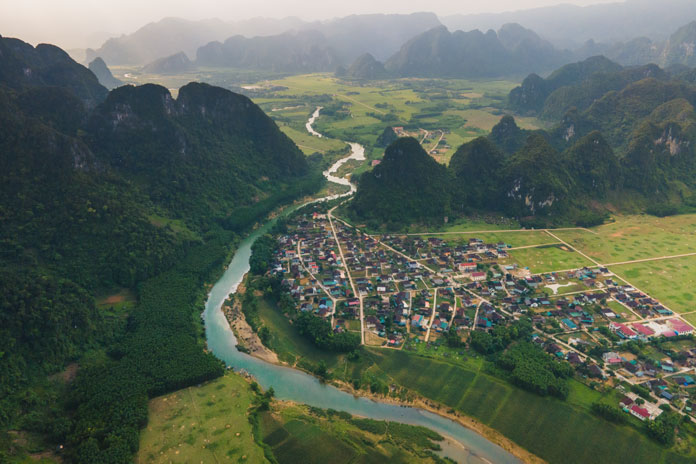
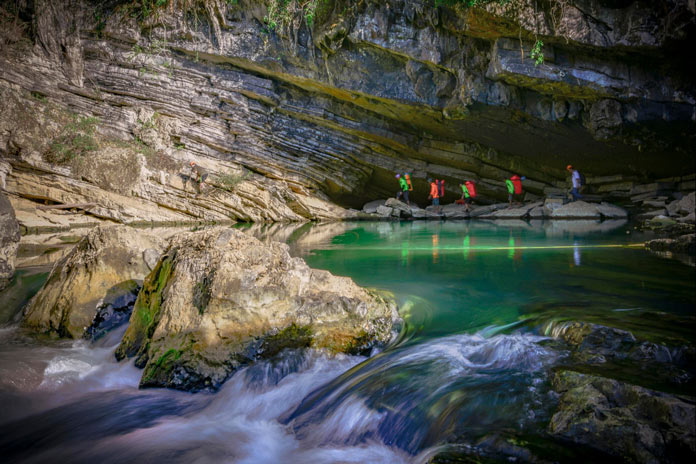
__637740499994967442.jpg)

